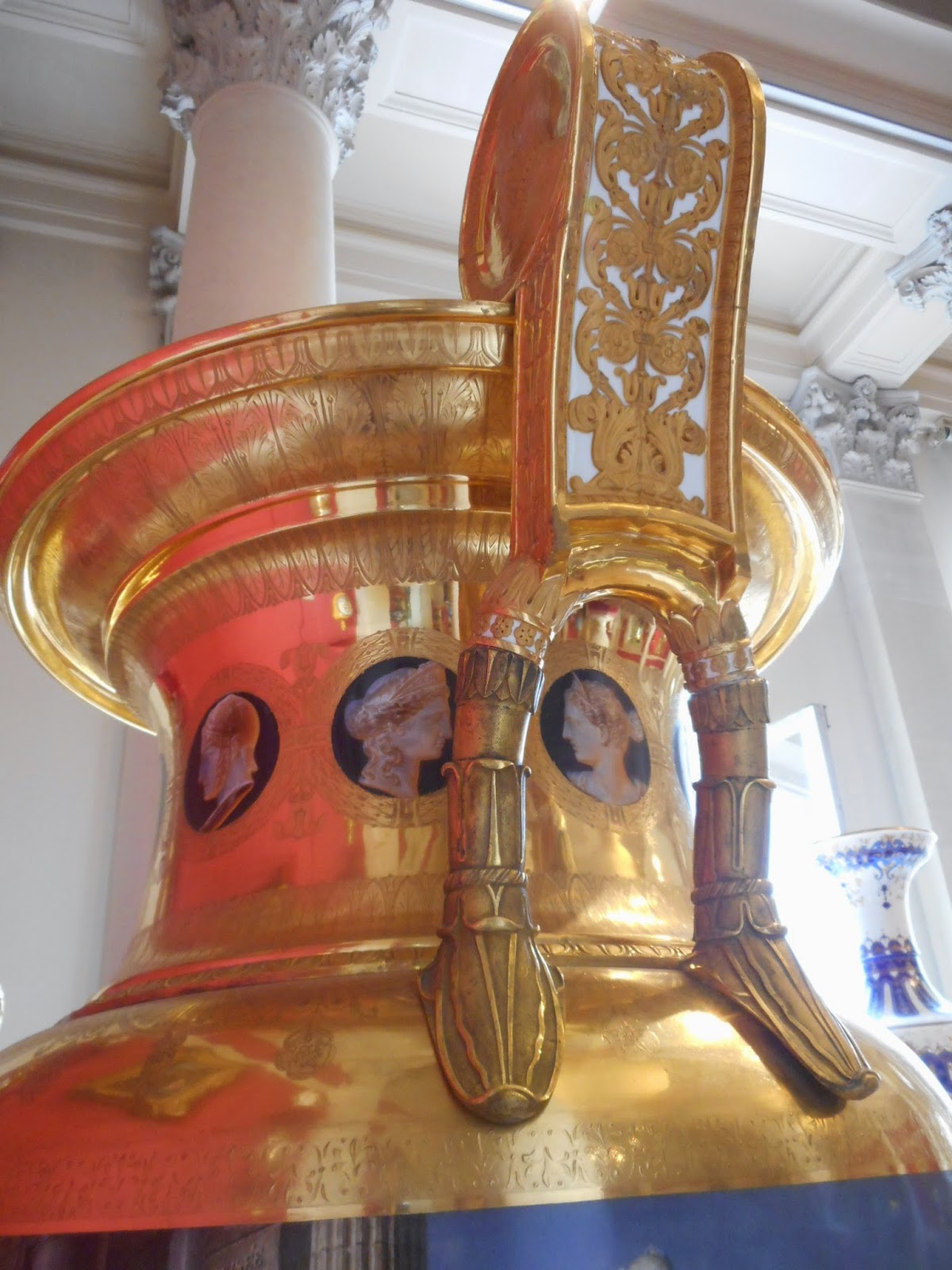The entry into Paris of Laocoon, Apollo Belvedere, and other statues was celebrated on this famous Sèvres vase. Between 1798 and 1815 many more northern Europeans could see the Most Beautiful Statues in Paris than had ever been able to see them in Italy by engaging in a lengthy and expensive Grand Tour.
opened in 1793 by the Convention, the Central Museum of the Louvre art had installed without order the masterpieces recovered through the nationalization of the property of the Crown, emigrants and clergy. The new republic was then declared the natural repository of works of genius, who could not be "home" that land of the free. Supported by the rhetoric of Boissy d'Anglas conquering Convention undertook the systematic "repatriation" masterpieces of the conquered country. Paris became the "sacred deposit of all human knowledge and the meeting of the most valuable of imagination and engineering results." 9 Thermidor Year VI (July 27, 1798), the works seized in Italy arrived at the Louvre, in triumph.
On this porcelain vase, the "Etruscan roller" shape is inspired by antique vases from the collection of Vivant Denon, the painter Valois presented "entry to Paris works for the museum Napoleon ". This is actually the evocation, in the manner of a Roman triumph, the "Festival of Freedom and the Arts" in 1798. frieze composition in a slow and stately pace are figured most famous sculptures Ancient who complete their journey from the Vatican collections to the Louvre. Under the protection of the soldiers, the bust of Homer gets ahead in the palace, followed by the Apollo Belvedere qu'achemine a dashing chariot, the Laocoon and the Medici Venus , under the admiring gaze of Parisians and amazed. This is under the august auspices of the biggest collectors and lovers of history that were Pericles, Lorenzo de 'Medici and Augustus, whom Napoleon is associated. As a kind of secondary Areopagus, the neck has a series of medallions painted in imitation of cameos representing several figures from antiquity. size of this vase (1.20 m), rich gold decorations and the exceptional quality of porcelain painting made it "one of the best that came out of the workshops of the factory," according to its Director, who saved it from destruction in 1815.



























No comments:
Post a Comment